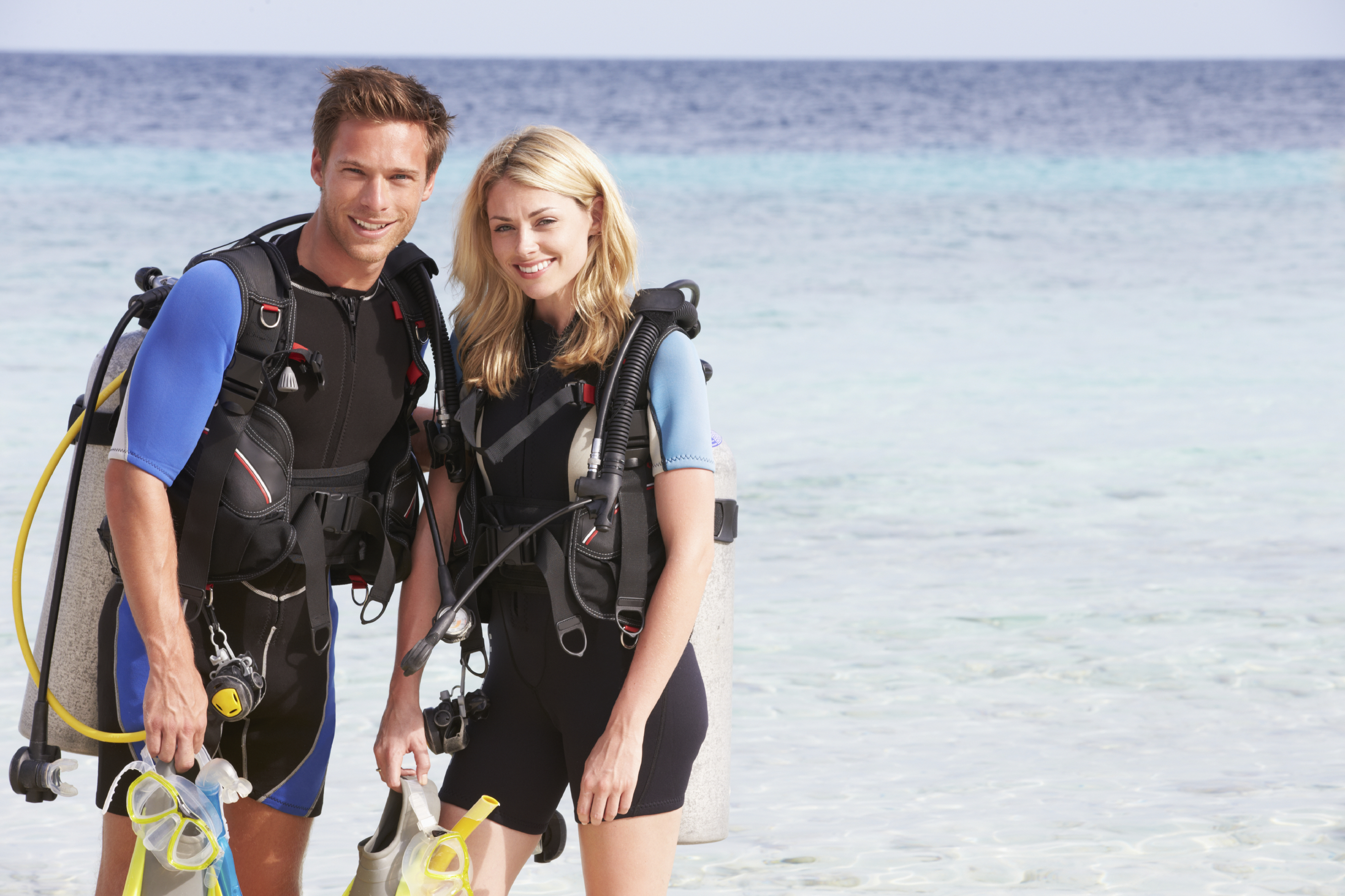Recently on a dive boat, I happened to scan the equipment around me, and noticed something interesting: few of the units were similar. Personal preference has always played a role in how people set up their scuba kits — what type of regulator they chose, and so on. But this difference was more profound. In a group of eight, two divers had rebreathers; one diver had sidemounts; one diver had a standard single-tank and jacket BCD setup, with a pony bottle attached; I had a wing-and-backplate BCD with double tanks. And while that many variations on one dive boat may be unusual, there is one concern we must take into consideration: rescue scenarios. In case of an emergency, a diver is expected to assist his or her buddy in a number of ways that require at least some knowledge of the buddy’s equipment. And if we’ve been paired with an insta-buddy — as some of the divers on this trip were — that can be a challenge even with a standard jacket-BCD and single tank. Now imagine having to assist someone with a recreational sidemount configuration. Or assisting a rebreather diver who surfaces alone, panicked or unconscious. No easy feat.

Even if we stay within the realm of back-mounted, open-system divers, the picture is still somewhat muddled. I dive with a wing-and-backplate BCD, regardless of whether I dive with a single or double tank. On my doubles, I have a long hose on my primary regulator and my secondary regulator is kept in a bungee around my neck. On my single tank setup, I have a normal-length hose on my primary, but my secondary is kept in the same way as on my doubles. This means I donate my primary. Most divers will donate their secondary, so if I’m in a situation where I need to get air from an unknown buddy I’m familiar with the protocol. But I cannot be sure he or she will know how I donate.
The original purpose of the buddy check was to ensure that both divers had assembled their equipment correctly, and for each diver to familiarize himself with his buddy’s setup. The first is still relevant, but the importance of the latter step is more important than ever with the variety of new equipment available.
So next time you do a buddy check with a new buddy, don’t just run through your BWRAFs like items on a checklist. Truly familiarize yourself with the other diver’s setup, and find out how to use their equipment in case of an emergency, how to remove it if need be, and what fail points it may have. And allow the other diver the time to do the same with your equipment. The life you save could be your own — or your buddy’s.

